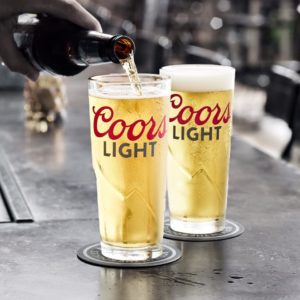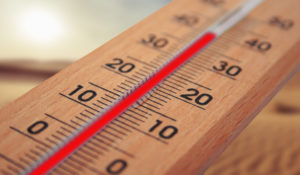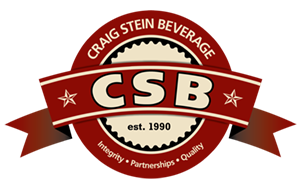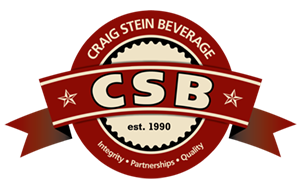Ideal Serving Temperature for Beer and Wine

It’s Friday afternoon. You’re hanging out at your favorite bar after a long 40-hour workweek and the server brings over your favorite macro lager in a frosted glass. You admire that nice golden color and foamy head as you take your first sip and let out a sigh of content.
Before you’ve been fully able to relish the moment, your friend interrupts with “Why are you drinking that? You know they keep it ice cold so you can’t taste their nasty beer, right?” (why did you even invite this guy, you wonder) as he’s sipping on his Imperial IPA.

While this kind of assertion can be annoying (and poorly timed), there is some truth to it. The aphorism comes from scientific research on how temperature affects your taste buds and why there’s an ideal temperature to serve different types of beer and wine.
How temperature affects our taste and perceptions (according to lead researchers):
- Astringent (dry tasting sensation caused by tannins) taste is more intense and the taste lingers longer when it’s warm
- The bitter taste is more intense and lingers longer when it’s cold
- The sour taste is more intense and lingers longer when it’s warm
- The sweet taste is not affected but it took longer to reach peak sweetness when it’s cold
Therefore, the temperature of your drink depends on the purpose of the brew and the intent of the brewer. The purpose of macro lagers is to be as crisp and refreshing as possible, while the purpose of an IPA is to show off the flavor of the hops and ingredients that went into brewing it. Similarly, with wine, red wines are known for their rich astringent flavors while whites are known for their delicate zesty notes.

Temperature plays such an important role that different glassware is used to maintain the ideal temperature. The Home Brew Association and the Wine Spectator have a great guide on their website, but here is a general overview:
Wine
Suggested Temperature Range
Light white wine, rosé, sparkling wines
40°-50° F
Full-body white wine, light red wine
50°-60° F
Full-body red wine, ports
60°-65° F
Beer
Suggested Temperature Range
American Mainstream Light Lagers
33°-40° F
Pale Lagers, Pilsners
38°-45° F
Cream & Blonde Ales, Nitro Stouts, Belgian Pale Ales, Abbey Tripels, Wheat Beers, Lambics
40°-45° F
Dark Lagers, American Pale Ales & IPAs, Stouts, Porters
45°-50° F
Strong Lagers, Real & Cask Ales, Belgian Dubbels
50°-55° F
Beer data fom Tasting Beer by Randy Mosher
Unfortunately, most restaurants and bars are not equipped to serve beer to a specific Fahrenheit and you’ll likely get weird looks if you pull out a thermometer to measure your beer temperature. But here’s a few things you can do next time you have a drink:
- Don’t nurse light beer in your hands, take a sip and put it down. The heat from your hands will warm up the drink
- Do nurse the darker beer. The warmer temperature will open up flavors and aroma
- Do use a koozie if you’re drinking from a can or bottle to help your drink stay cold longer
- Do put your bottle of white in the freezer for 10-15 mins before serving
- Try it both ways to see if you can taste the difference!
Written by Jan Fogg
Purchasing Assistant


